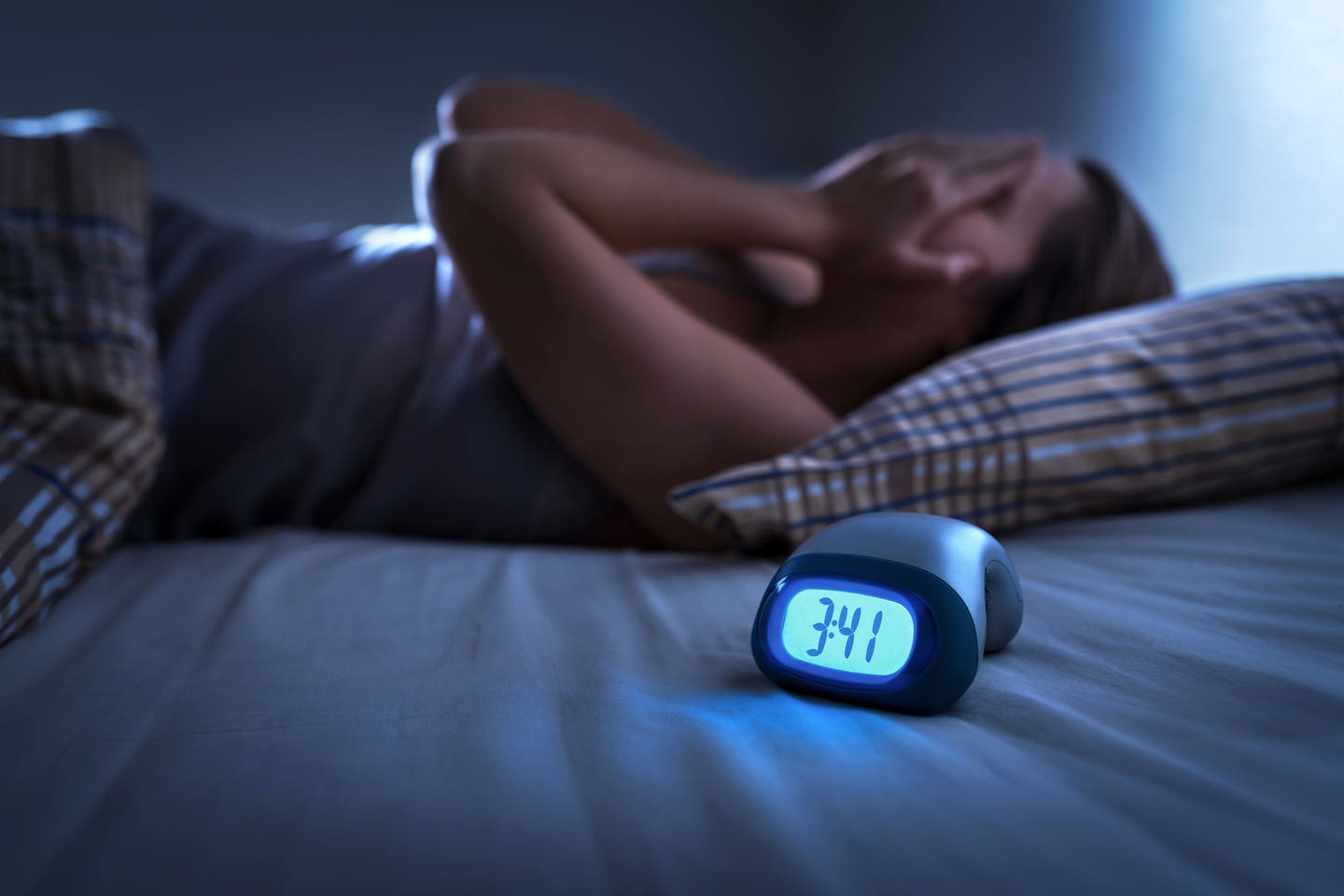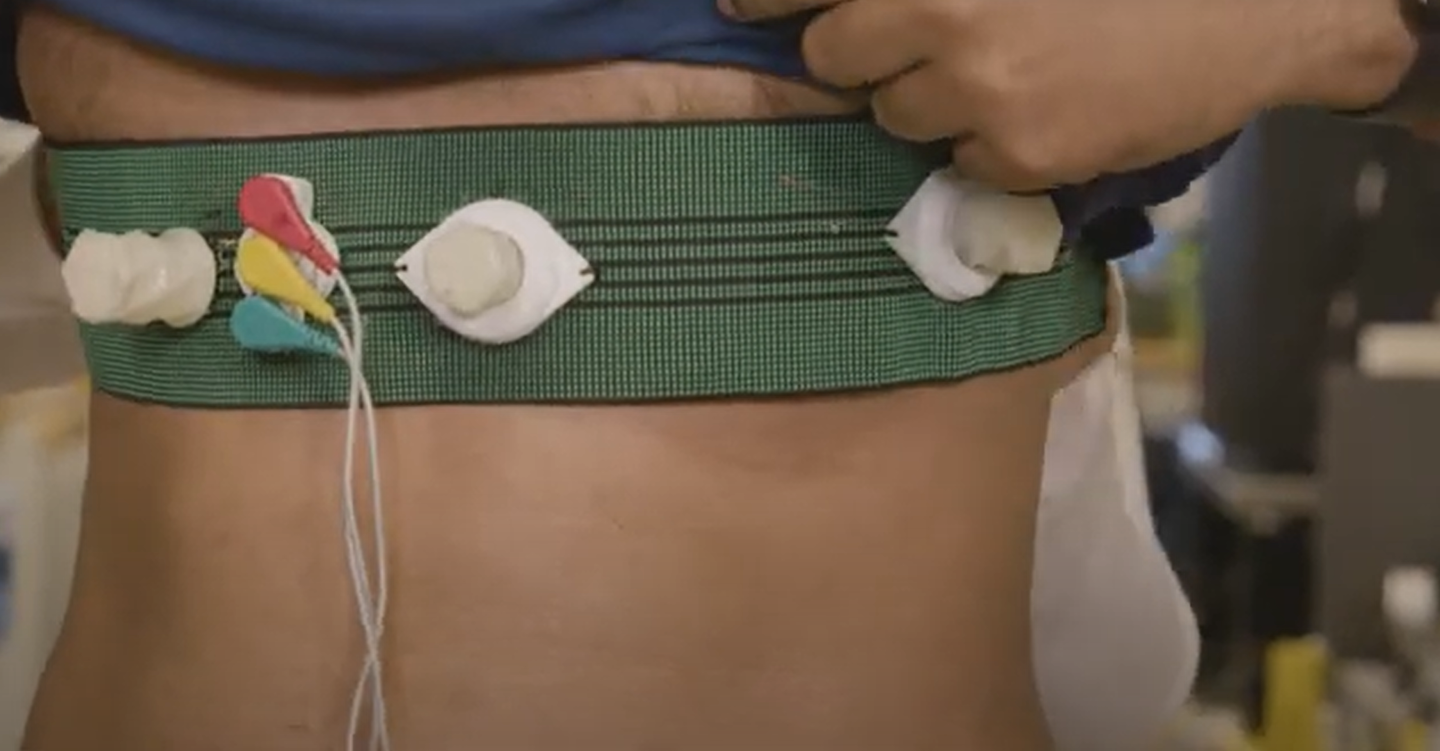Sedentary Work and Sleep Loss: Modern Jobs Linked to Insomnia
Sedentary work and odd hours aren’t just tiring—they can damage sleep for years.

Modern work patterns are harming sleep. Sedentary jobs and odd hours link to lasting insomnia and poor rest, new study finds. (CREDIT: Getty Images)
The modern workday has changed a lot in recent years. Computers, flexible work hours, and less physical activity are now a normal part of many sedentary work. But along with this shift has come a hidden cost—your sleep health. A new study highlights how today’s job designs may be silently harming workers’ ability to sleep well, not just for a night or two, but for years.
Researchers followed over 1,200 full-time workers across a 10-year period using data from the Midlife in the United States study. They collected detailed sleep information including how long people slept, how consistent their sleep schedules were, how fast they fell asleep, and how often they napped or felt tired during the day.
What they found was striking. Workers were grouped into three sleep types: good sleepers, catch-up sleepers, and insomnia sleepers. These categories didn’t stay static. Some people moved from one group to another over the decade, depending on how their jobs were structured.
Sedentary Jobs and Insomnia Symptoms
One of the strongest patterns in the data was the link between sedentary work and insomnia. Sedentary work means you sit for most of the day, which is now common for about 80% of the workforce. The study revealed that people in these jobs had a 37% higher risk of insomnia symptoms. These symptoms include trouble falling asleep, waking up often at night, and feeling tired during the day.
Claire Smith, a psychologist who led the study at the University of South Florida, pointed out the seriousness of this issue. “The way we are designing work poses serious, long-term threats to healthy sleep,” she said. “Healthy sleep involves more than just getting your eight hours. It’s also falling asleep easily, sleeping through the night, and having a consistent sleep schedule.”
This research showed that sedentary workers were much more likely to be in the insomnia sleeper group—a group marked by persistent poor sleep. In fact, 90% of people in this group stayed there after 10 years, showing how hard it is to break out of poor sleep patterns once they begin.
Related Stories
- How does the brain make memories?
- Can ultrasound help treat Alzheimer’s, Dementia and the brain?
- Can ultrasound help treat Alzheimer’s, Dementia and the brain?
Nontraditional Work Schedules and "Catch-Up Sleep"
While sedentary work leads to more insomnia, nontraditional work schedules—like night shifts or rotating hours—push people into a different kind of sleep trouble. These workers often become what the study called “catch-up sleepers.”
Catch-up sleepers don’t get enough rest during the workweek. So they sleep in on weekends or nap more often. This may sound like a smart way to recover, but it actually points to deeper problems with sleep regularity.
Workers with irregular shifts had a 66% higher chance of becoming catch-up sleepers. This constant shift in sleep times makes it harder for the body to maintain a healthy rhythm. Over time, this can reduce sleep quality and increase daytime fatigue.
The Long-Term Cost of Poor Sleep
Poor sleep is not just a short-term inconvenience. When people don’t sleep well for years, it affects more than just mood or energy. It can harm physical and mental health, lower productivity, and increase the risk of chronic conditions.
The study showed that job-related sleep problems tend to last a long time. Many workers who started with poor sleep didn’t improve over the decade. They got stuck in a cycle that was hard to break, especially if their work demands didn’t change.
Smith emphasized that sleep health should be part of how jobs are designed. “Companies should be aware of the specific sleep risks of their workforce to improve detection and intervention,” she said.
She also noted that moving your body during the workday and setting boundaries with after-hours work can help prevent long-term sleep issues. In other words, something as simple as taking a walk during lunch or avoiding late-night emails might have lasting benefits.
A Dynamic, Personal Approach to Sleep Health
One key takeaway from the research is that sleep health is not one-size-fits-all. What works for one person may not work for another, especially when their job demands are very different. That’s why the study used what’s called latent transition analysis, a method that looks at how sleep patterns change over time across multiple areas—not just hours slept, but quality, regularity, and daytime effects.
This approach helped researchers see how different sleep challenges can appear together and how workers can move between sleep types. For example, someone might start as a good sleeper but become a catch-up sleeper after starting night shifts.
Smith’s team included experts from psychology, medicine, and aging. Together, they argue that job design should reflect this complex view of sleep. When companies take into account how work affects both mind and body, they can better support their employees’ overall well-being.
What This Means for Workers and Employers
For workers, this research is a wake-up call—no pun intended. If you sit all day or work odd hours, your sleep might already be suffering, even if it's not noticable. You might rely on naps or weekends to catch up. You might feel tired during the day more often than you should.
For employers, the message is just as clear. If a business wants healthy, productive employees, it needs to think beyond deadlines and output. Encouraging breaks, adding movement into the day, and offering more stable work schedules could help people sleep better—and stay healthier and more productive over time.
As Smith put it, “Redesigning jobs with sleep health in mind could be key to improving worker well-being.”
This study brings attention to how deeply job structure is tied to sleep. It urges both workers and leaders to take sleep more seriously. A few small changes today could lead to better nights—and better lives—tomorrow.
Note: The article above provided above by The Brighter Side of News.
Like these kind of feel good stories? Get The Brighter Side of News' newsletter.



